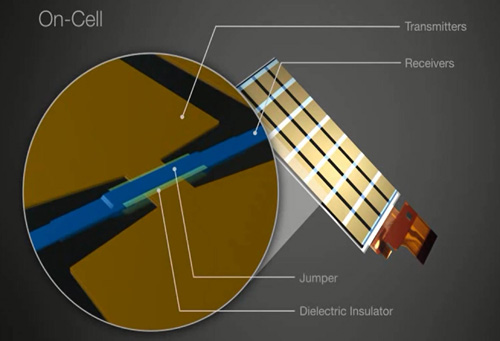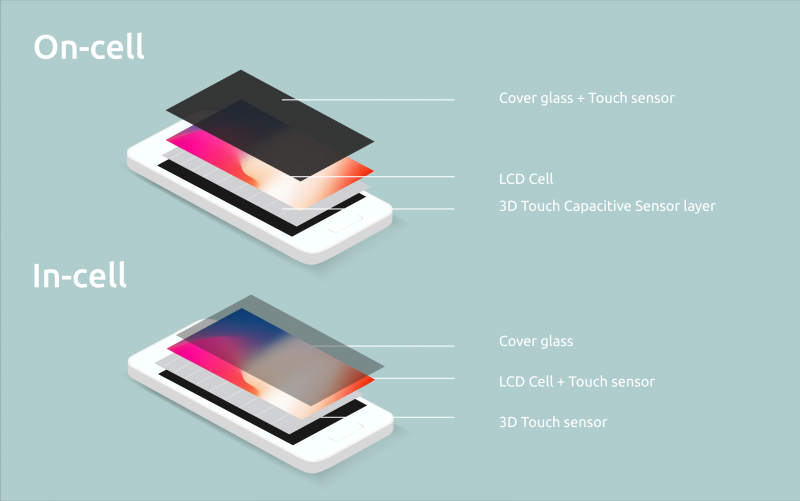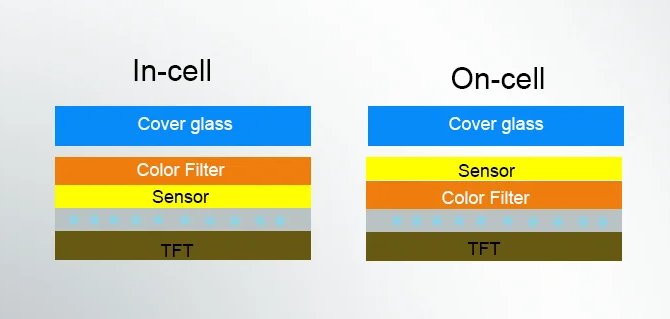FaceLCD Hong Kong Limited
Tel: +8615818692944
E-mail: sales@facelcd.com
Address: 13F, Buiding B, Colorful Tech Park, Guanlan High tech park, Longhua Dist, Shenzhen,China ZIP code 518100
You are here: Home > Technology >
LCD (Liquid Crystal Display) technology has evolved significantly over the years, and terms like “On-Cell” and “In-Cell” refer to different methods of integrating touch functionality into the display. Here’s a breakdown of these technologies:
1. Traditional LCD with Separate Touch Layer

2. On-Cell Touch Technology
May not be as responsive as In-Cell.
On-Cell integrates the touch sensor layer onto the surface of the LCD panel itself, rather than adding a separate layer.
This reduces the thickness of the display compared to traditional designs but still keeps the touch sensor and display as distinct components.
Advantages:
Improved optical performance compared to separate touch layers.
Disadvantages:
3. In-Cell Touch Technology
Higher risk of interference between display and touch signals.
In-Cell integrates the touch sensor directly into the LCD layer, making the touch functionality part of the display itself.
This eliminates the need for a separate touch layer, resulting in a thinner and lighter display.
Advantages:
Improved touch sensitivity and responsiveness.
Disadvantages:

Key Differences Between On-Cell and In-Cell:
| Feature | On-Cell | In-Cell |
| Touch Sensor Location | On top of the LCD layer | Embedded within the LCD layer |
| Thickness | Thicker than In-Cell | Thinnest design |
| Manufacturing Complexity | Less complex | More complex |
| Cost | Lower cost than In-Cell | Higher cost |
| Touch Sensitivity | Good | Better |
| Optical Performance | Better than traditional | Best |

Applications:
In-Cell: Used in high-end smartphones and tablets where thinness, responsiveness, and display quality are critical.
On-Cell: Commonly used in mid-range smartphones and devices where cost and thickness are balanced.
Both technologies represent advancements in display integration, with In-Cell being the more advanced and premium option.